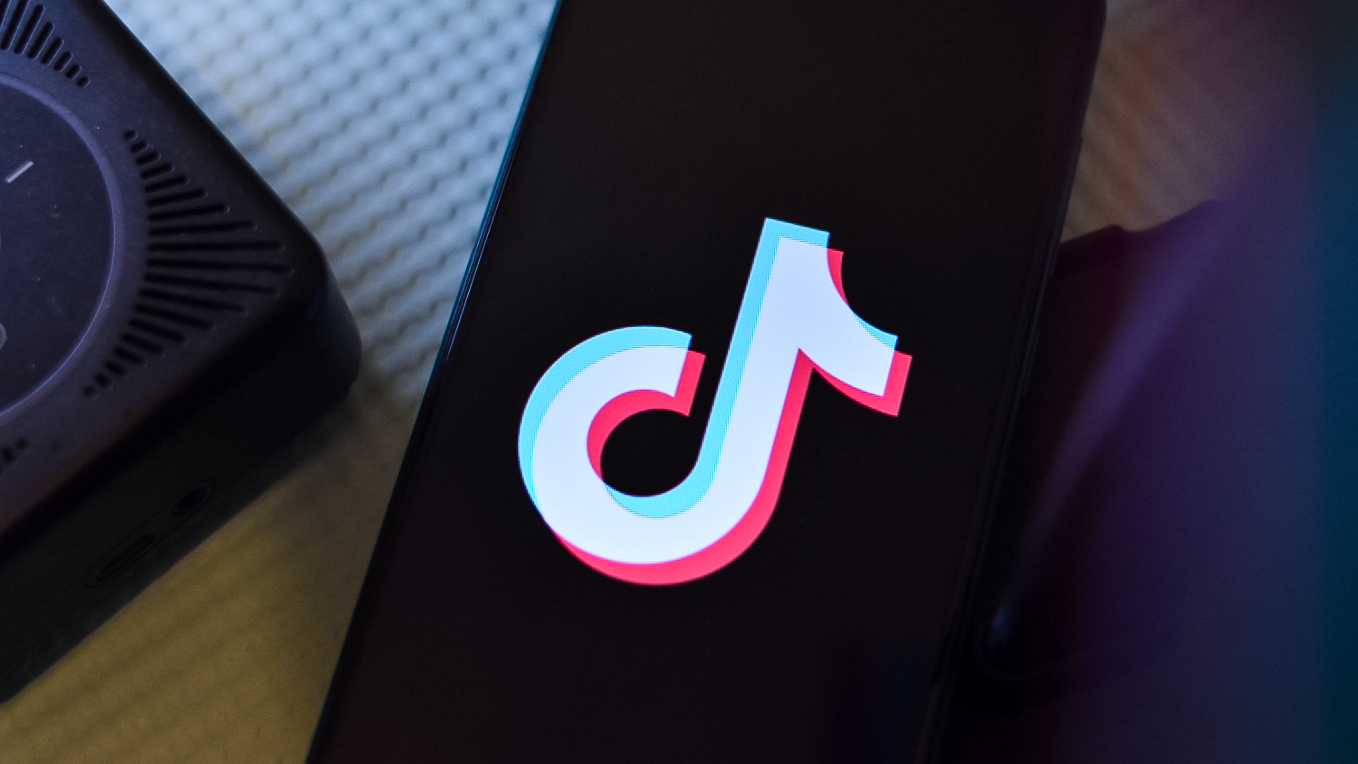From the Editor's Desk: Google's wrong about ultrawide cameras

Google's Marc Levoy gave an incredibly compelling explainer on all things related to the Pixel 4's camera at the company's October hardware event. He clearly has a deep understanding of what's happening under the hood with Google's photography processing. But I took one issue with what he had to say: according to Levoy, Google thinks that a well-executed telephoto camera is more useful than an ultrawide camera on a smartphone.
A great telephoto camera is really useful; but it isn't the same as an ultrawide lens.
I agree, a great telephoto camera is really useful to have in a smartphone. A proper telephoto 2X or 3X lens with a narrower field-of-view is distinctly different than purely digital zooming. You can take great portraits, interesting street scenes, and cool macros. Being able to zoom without losing quality compared to a standard camera is of great utility in a smartphone — we've been using them for years, we know their utility.
But here's where the disconnect lies. Telephoto cameras are unique and fun to use in their own right ... but they're complementary, not a replacement for an ultrawide camera. Take a look at these wide-angle samples from my Galaxy S10+ and Note 10+ reviews:
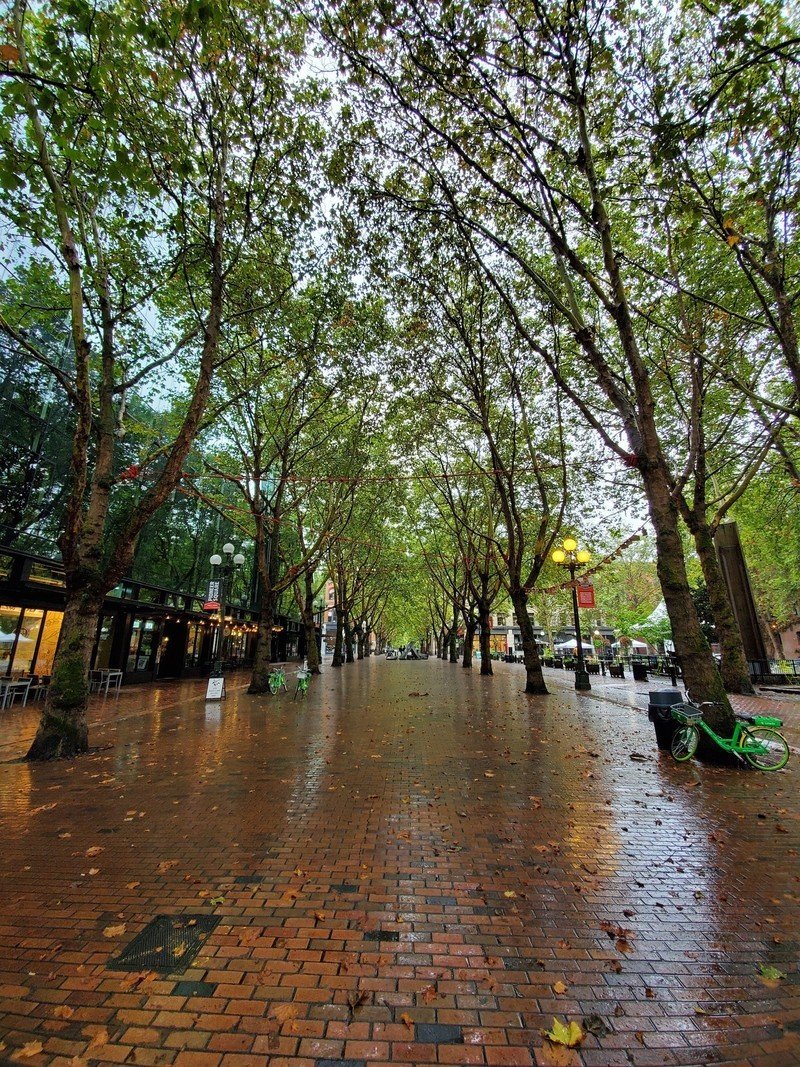
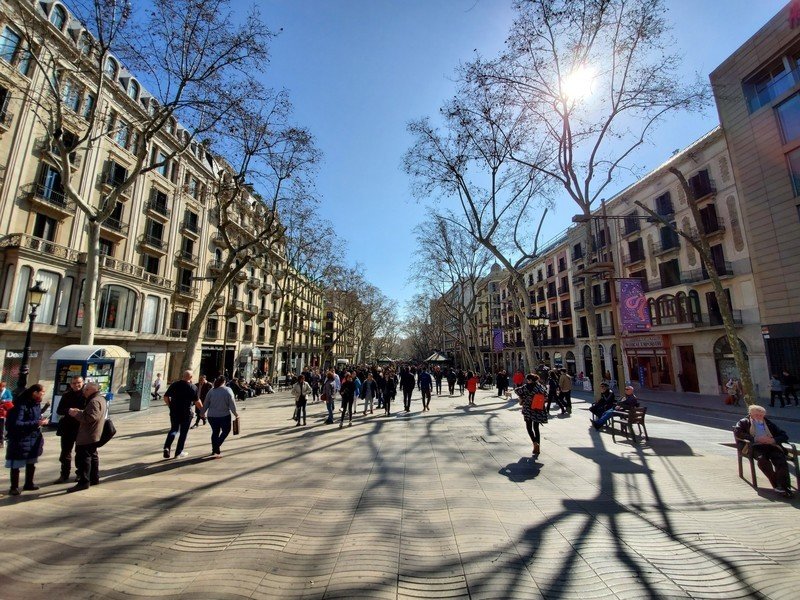
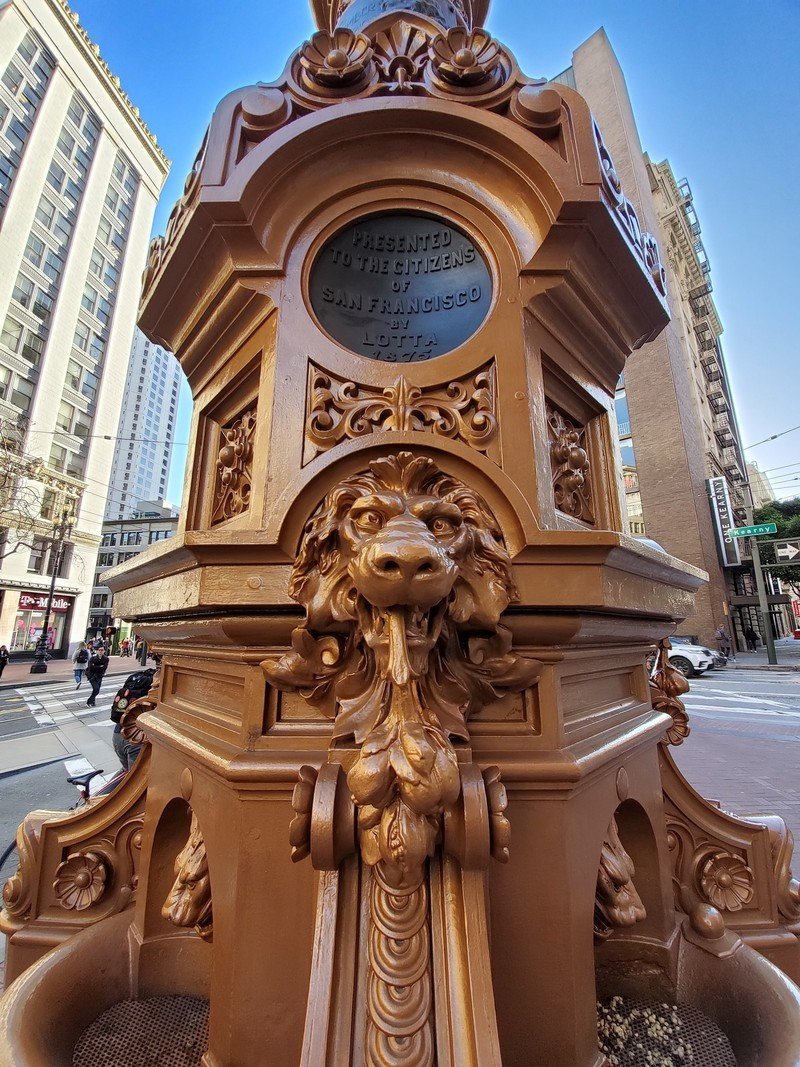
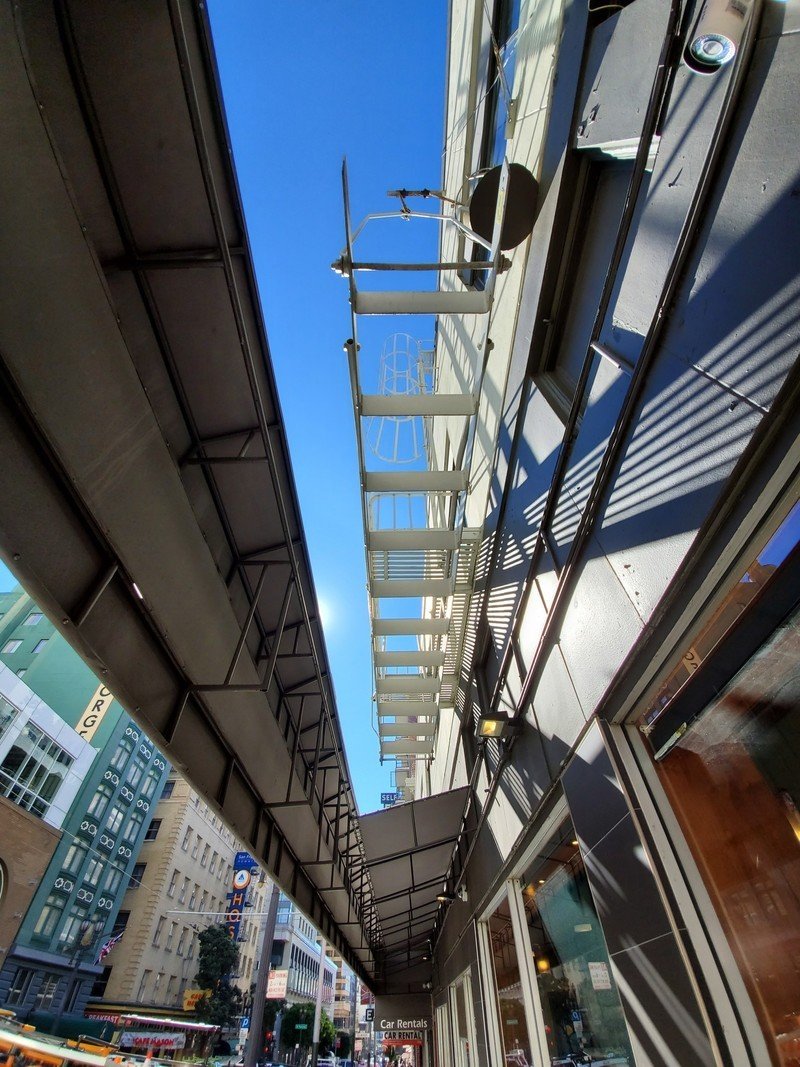
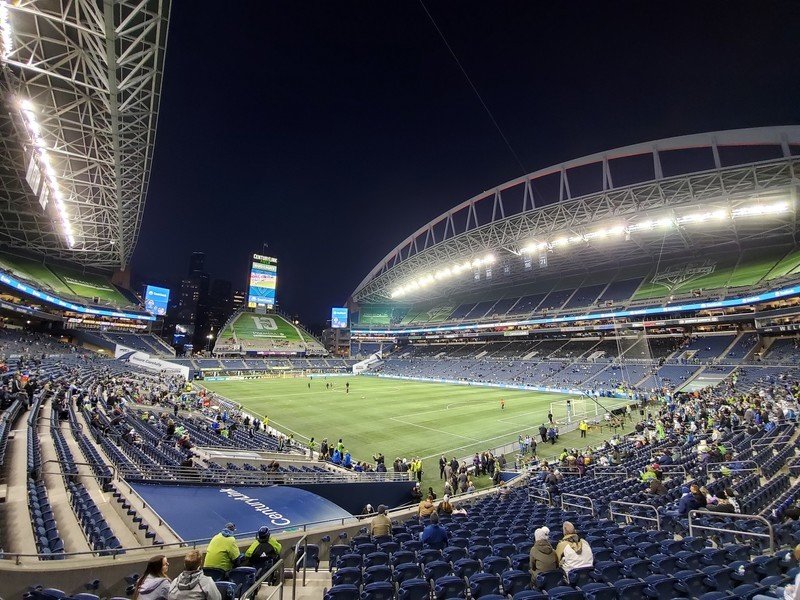
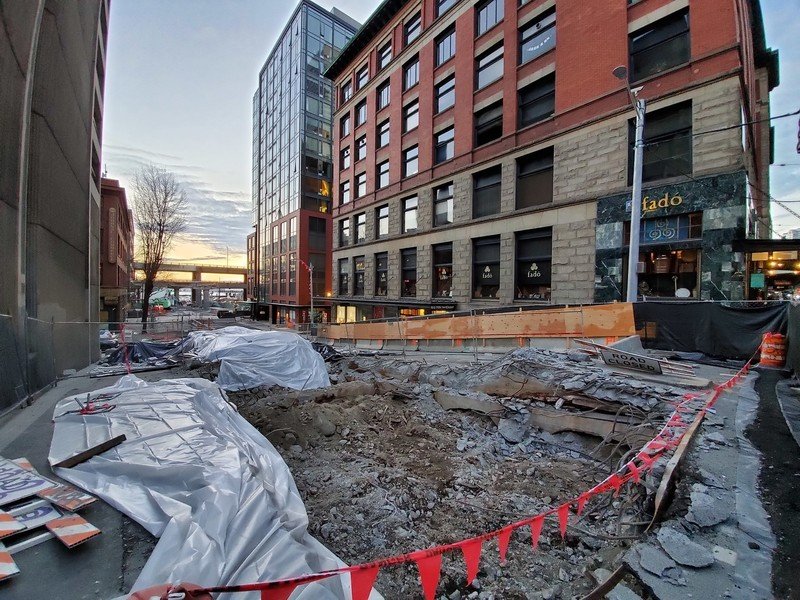
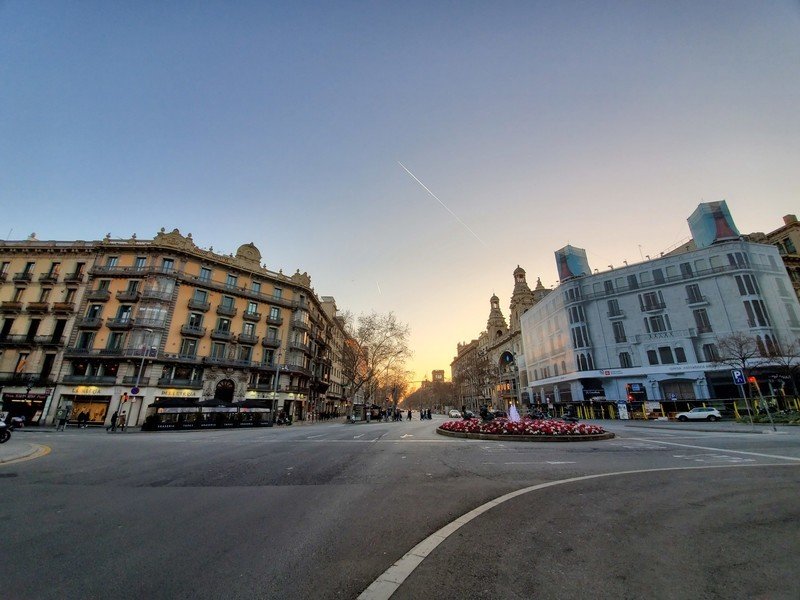
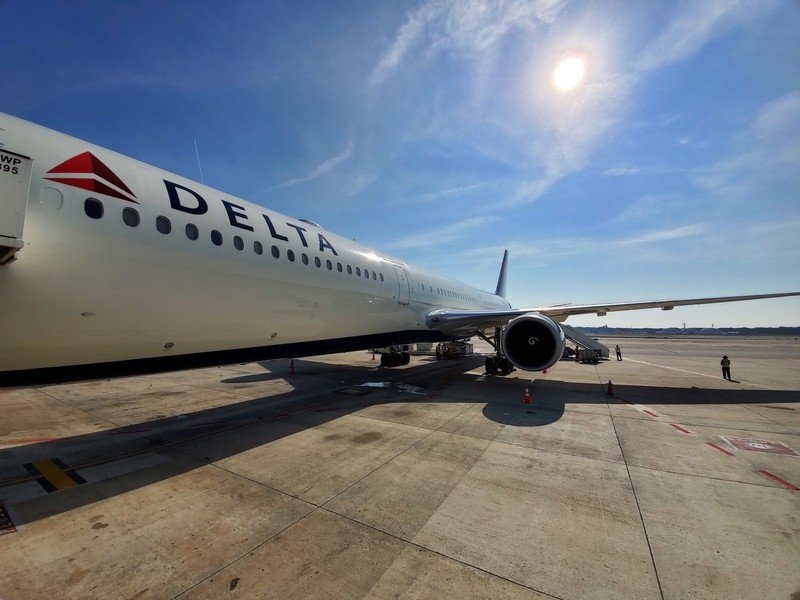
Every single one of those photos is unique and special ... and completely different from anything you can take with a standard or telephoto lens. Each focal length has its own feel, and ultrawide cameras in particular bring a ton of emotion to your photography. You can capture the entire scene, and while you don't capture the details you get a feeling for everything the human eye can see in that scenario — and sometimes more. A telephoto lens provides its own value, but it doesn't provide anything approximating what an ultrawide offers.
When you only have two cameras in your flagship phone, you open yourself up to questions.
I'm not a fan of asking "why didn't you do ..." questions, but you open yourself up to it by making a bold statement about a telephoto camera being a better choice than an ultrawide. It makes no sense, frankly — I'm not talking about ultrawide being better than telephoto, or vice-versa, but simply recognizing that they aren't interchangeable. They're different, and each useful to have in different scenarios.
So, why not choose to include an ultrawide camera rather than a telephoto? More appropriately, the question is, "why not both?" When much of the competition is offering all three — standard, telephoto, ultrawide — cameras already. Well there are limitations in packaging, build of materials and on down the list ... but there's no physical reason why a phone couldn't have three cameras. And in that case, Google wouldn't have to come up with this silly rationalization for why it didn't put an ultrawide camera in the Pixel 4.
If you have to choose one camera, there's a lot to be said for picking ultrawide over telephoto.
But if you have to choose one or the other, there's something to be said for picking ultrawide over telephoto. It may not be the exact same, but you can digitally zoom in on a camera sensor ... you can never digitally zoom out. You can at least approximate the look of a telephoto camera with digital zoom — and Google's digital zoom is one of the best in the business. But you can never recreate the look of an ultrawide camera with its subtle edge distortion or even fisheye-like view. An ultrawide lens provides an altogether unique look that can't be replicated any other way.
Get the latest news from Android Central, your trusted companion in the world of Android
The Pixel 4 would have been better-served by having an ultrawide lens alongside its standard lens. No matter how good and clear its telephoto camera is, you're being restricted by that narrow field-of-view lens in a way you wouldn't if it were a wide-angle lens instead. Google made the wrong decision on the Pixel 4, and that's frustrating — and it's even more frustrating when Google digs in its heels and tries to tell us that a telephoto camera is a suitable replacement.
-Andrew
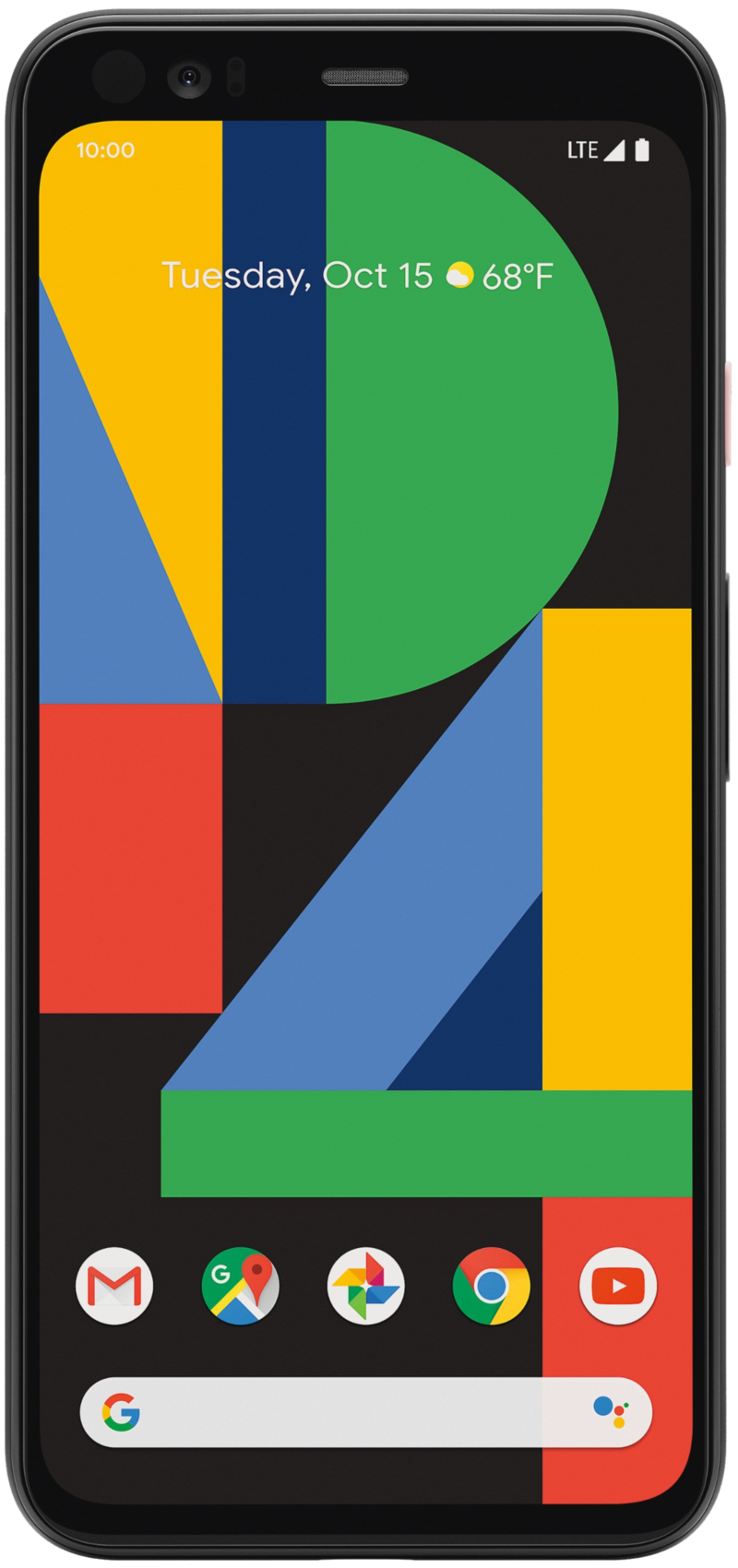
Google Pixel 4
Google's new Pixel 4 is, in many ways, an impressive upgrade over last year's Pixel 3. It comes with a smooth 90Hz AMOLED panel that boasts a 90Hz refresh rate, a motion-sensing Soli chip that enables the face unlock and Motion Sense features, Qualcomm Snapdragon 855 chipset, 6GB of RAM, and a 12MP + 16MP dual camera setup at the back. The phone also offers an improved Night Sight mode with an astrophotography mode as well as live HDR+ previews.

Andrew was an Executive Editor, U.S. at Android Central between 2012 and 2020.

